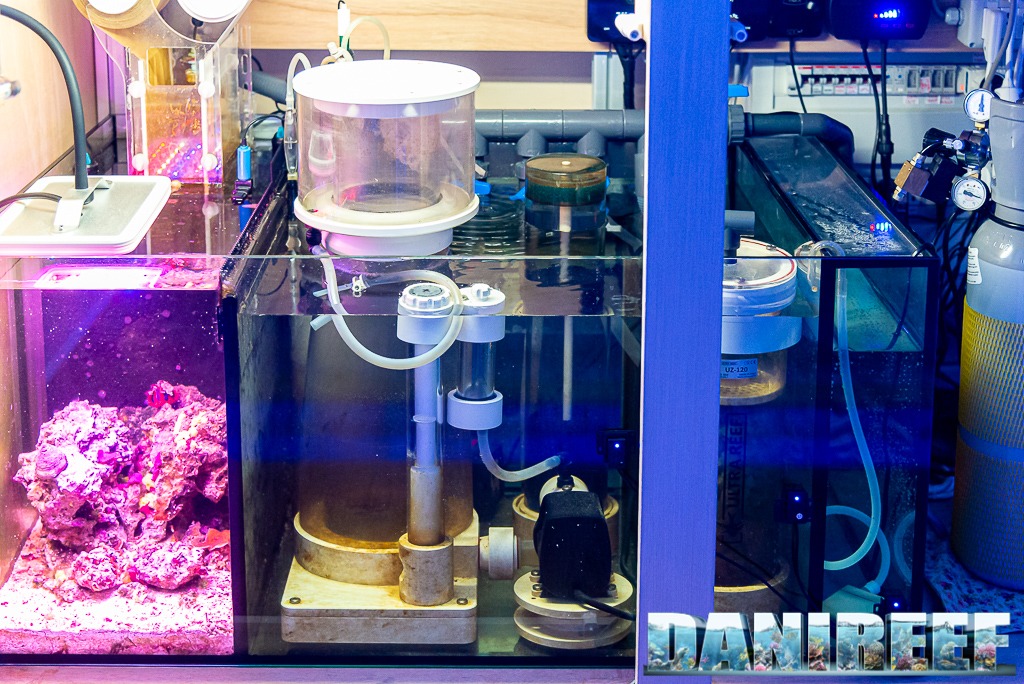
This is one of the questions I am asked most often and which is not answered in any of our previous articles, so it is time to talk about how to choose a skimmer for your marine aquarium.
One of the first questions we may ask ourselves as neophytes is “How do I choose a skimmer?” But it is also one of those questions that comes to mind after a few years of using our skimmer: Which skimmer can I replace my current one for, for better performance?
What a skimmer is and how it works
The skimmer is one of the foundations of the Berlin system and is the one that characterizes it most, as it had never before been employed in the maintenance of a marine aquarium, although its operation had been known about for at least two centuries. The skimmer serves to maintain organic matter at near-zero levels and is therefore critical in maintaining pollutants at levels that allow the growth and maintenance of marine organisms. It acts by extracting surfactants, carbon and hydrogen-based organic molecules, from water.
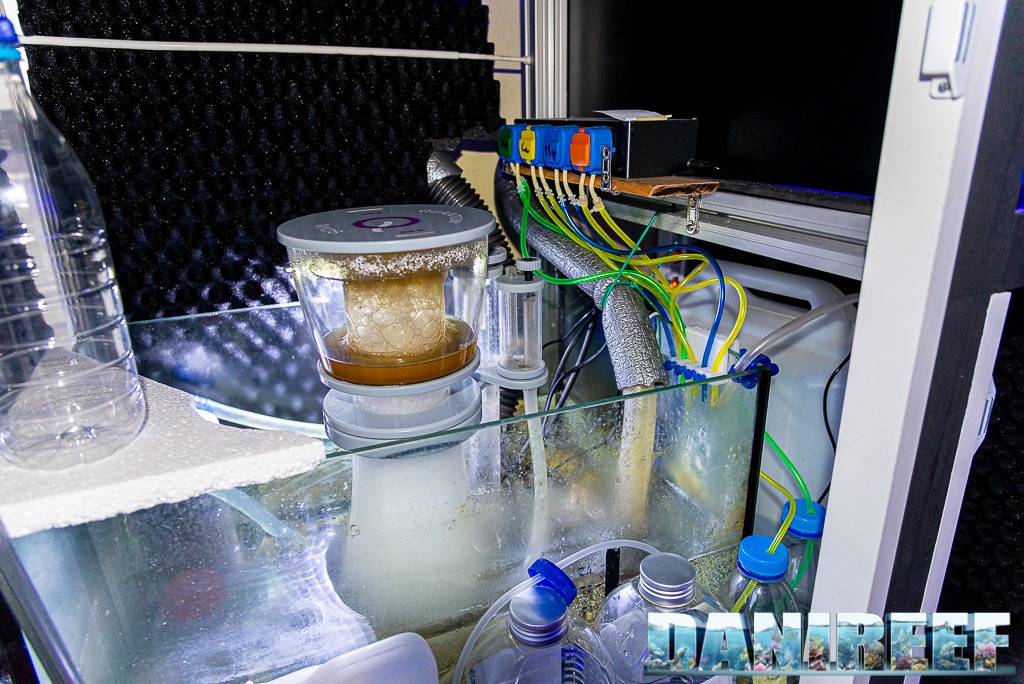
At this point, let us look at the technical data that can be found about skimmers. We talk about water treated in one hour, air treated in one hour, and diameter of the skimmer body. In addition, of course, to height, cup capacity, and consumption.
But for our choice we focus our attention on the other parameters.
Hourly flow rate: treated water
The first parameter we are interested in is the treated water flow rate. Simply put, each skimmer has a value of water it treats in one hour. Unfortunately, this is not a figure that is always communicated by manufacturers. We in our recent skimmer reviews have started to measure it somewhat, although the value is not entirely accurate.
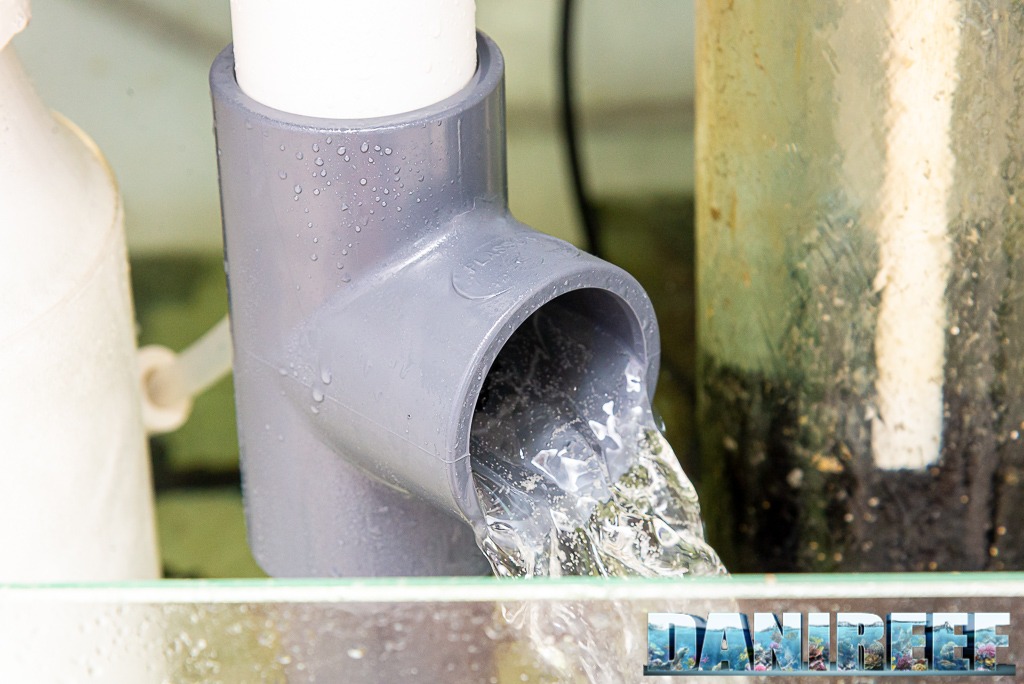
For the most correct choice, it is necessary to think about what we would like to breed, and therefore what level of pollutants we want to keep in the aquarium. A good starting point may be to consider a skimmer that has an hourly flow rate of treated water between 3 and 4 times the volume of one’s aquarium. You can go down to 2 for soft coral and LPS aquariums. I do not recommend going beyond that to avoid excessive water depletion.
At present, the best advice is to stay close to 3 times the volume to achieve the best balance of water cleanliness and welfare of the housed animals. The number can go up to 4 for SPS aquariums and down to 2 for LPS aquariums.
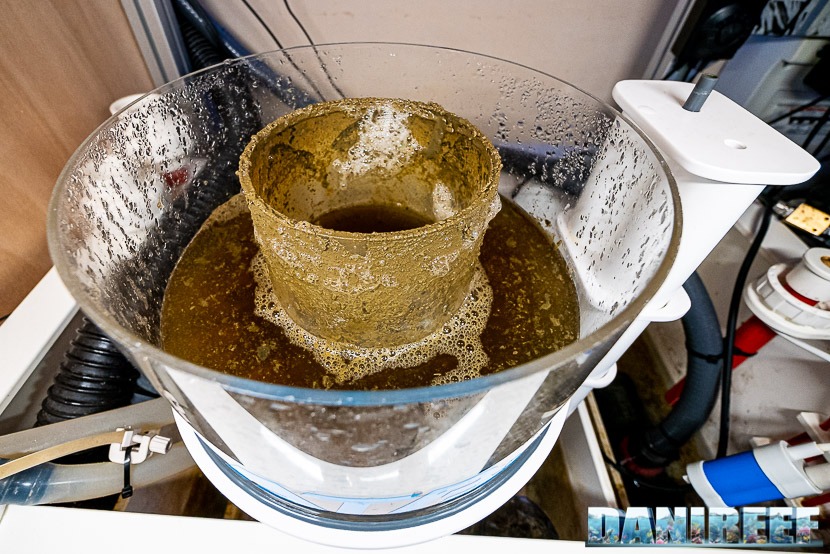
Let us now look at the skimmers in our tanks of the month, just to get an idea of how the best aquariums are equipped. Of course, these are ones where the water flow rate is known and stated.
- Jm_Reefer, aquarium volume 500 liters, water treated 1,800 l/h: ratio 3.6;
- Alexander Silvioni, aquarium volume 1,500 liters, water treated 4,000 l/h: ratio 2.66;
- Luca Perini, aquarium volume 300 liters, water treated 1,400 l/h: ratio 4.66;
- Jonathan Betti, aquarium volume 600 liters, water treated 2,300 l/h: ratio 3.83;
- DaniReef, aquarium volume 400 liters, water treated 1,150 l/h: ratio 2.87;
Efficiency and treated air
There are different schools of thought in skimmer construction. Those who prefer more treated air, and those who prefer more contact time. Hard for me to say which is best, and all manufacturers always state treated air.
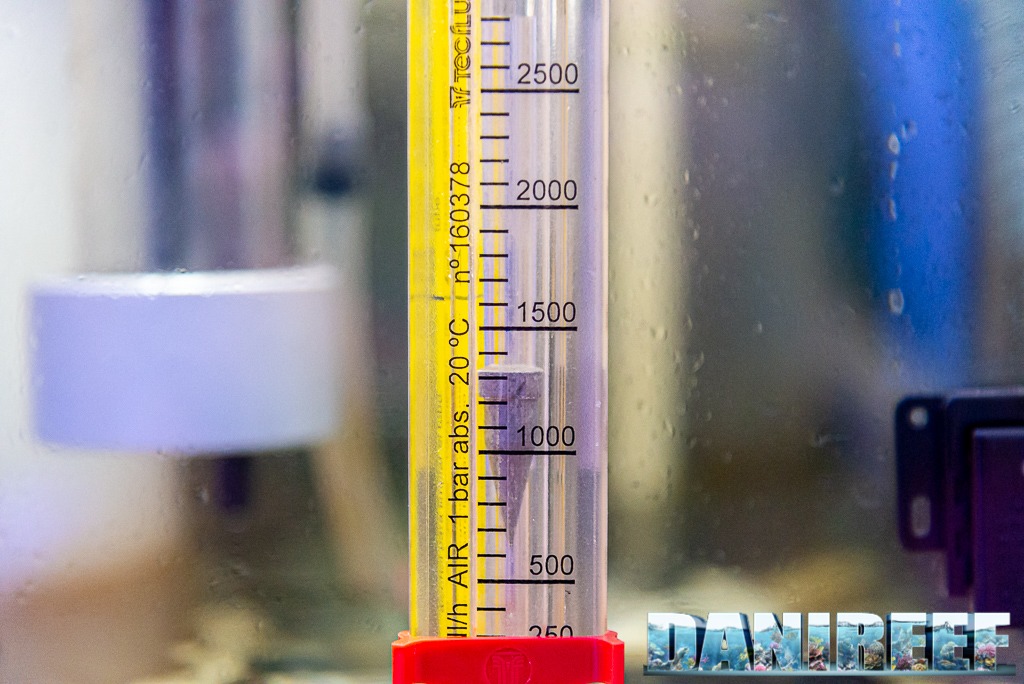
Normally, however, we can stay close to a ratio of 2 between aquarium volume and treated air. So a 300-liter aquarium may have an intake of 600 l/h and so on. And in fact even analyzing our aquariums of the month we can always find that value. The differences are mostly given by different philosophies in the construction of the skimmers themselves.
- Jm_Reefer, aquarium volume 500 liters, air treated 1,000 l/h: ratio 2;
- Andrea Minnella, aquarium volume 300 liters, air treated 600 l/h: ratio 2;
- Alexander Silvioni, aquarium volume 1,500 liters, air treated 1,500 l/h: ratio 1;
- Luca Perini, aquarium volume 300 liters, air treated 700 l/h: ratio 2.33;
- Federico Lavezzi, aquarium volume 325 liters, air treated 1,500 l/h: ratio 4.6;
- Jonathan Betti, aquarium volume 600 liters, air treated 1,400 l/h: ratio 2.33;
- DaniReef, aquarium volume 400 liters, air treated 800 l/h: ratio 2.
The diameter of the skimmer body
Another useful parameter to consider is the diameter of the skimmer body. Obviously, the argument is valid where it is cylindrical and not square or rectangular. Generally, if we consider skimmers that were developed at the same time, we can say that for an SPS aquarium, a diameter of 18 cm can be chosen for 400-liter aquariums. Going down 2 cm for LPS aquariums.
In a 300-liter aquarium, a 16 cm diameter is enough for SPS but also a 14 for LPS. And so on. This is because most manufacturers start from similar calculations and therefore the values of pumps, diameter and height are quite homogeneous anyway.
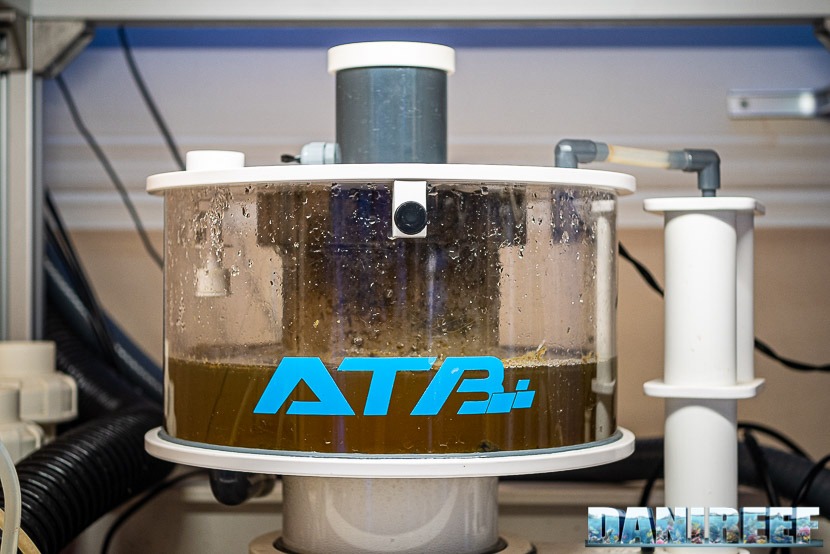
Again we can see the choices that were made by the owners of our aquariums of the month.
- Jm_Reefer, aquarium volume 500 liters, diameter 20 cm;
- Andrea Minnella, aquarium volume 300 liters, diameter 14 cm;
- Alexander Silvioni, aquarium volume 1,500 liters, diameter 25 cm;
- Luca Perini, aquarium volume 300 liters, diameter 18 cm;
- Federico Lavezzi, aquarium volume 325 liters, diameter 16 cm;
- Jonathan Betti, aquarium volume 600 liters, diameter 20 cm;
- DaniReef, aquarium volume 400 liters, diameter 18 cm.
And even in this case we can see how the correspondence is rather maintained.
Other important features
Given a choice I prefer the high drain. This is because all the treated water can be sent to the rising pump compartment, achieving perfect filtration of all the falling water. The cleaning of the glass, automatic or not, is another of those features that have now become indispensable, but also the possibility of having an external drain from the glass to be able to obviate even prolonged essences. Ease of maintenance and last but not least noise, although the latest skimmers are much improved in this respect.
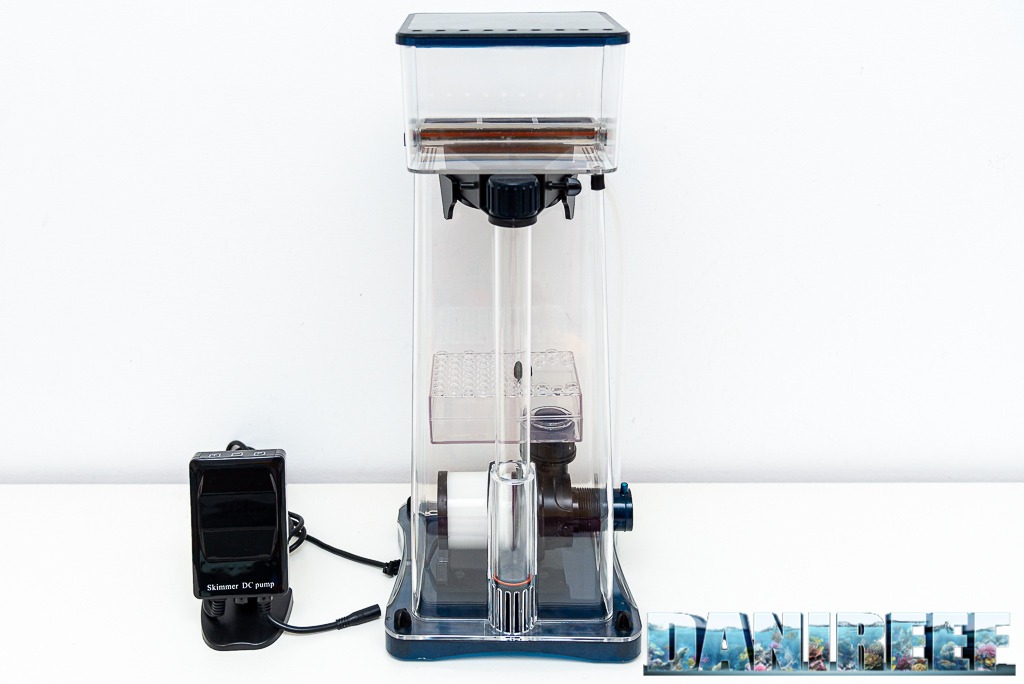
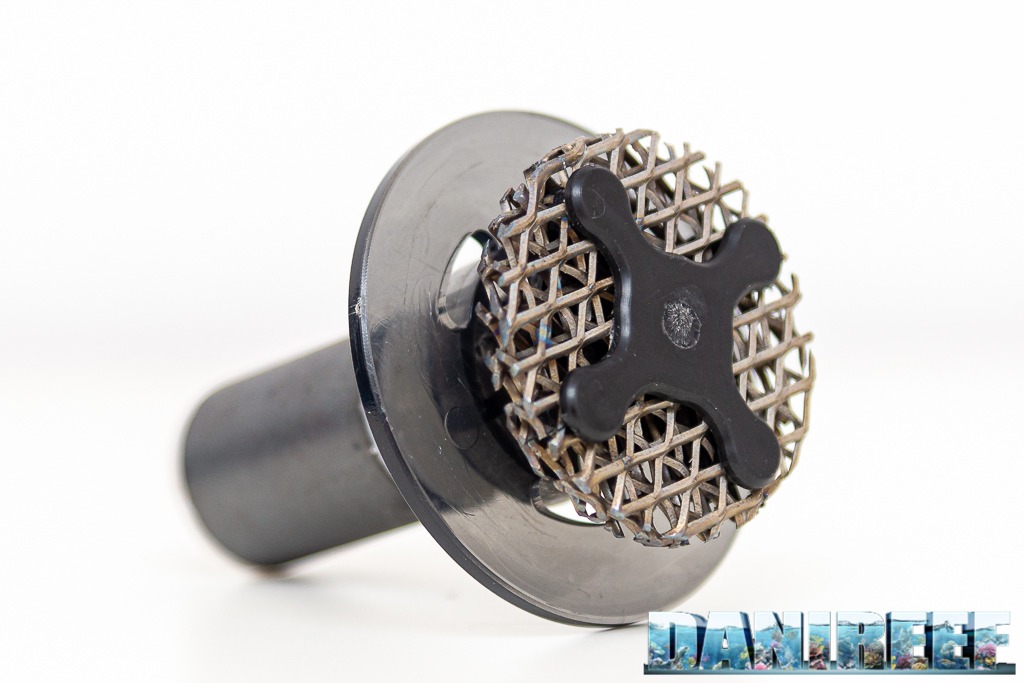
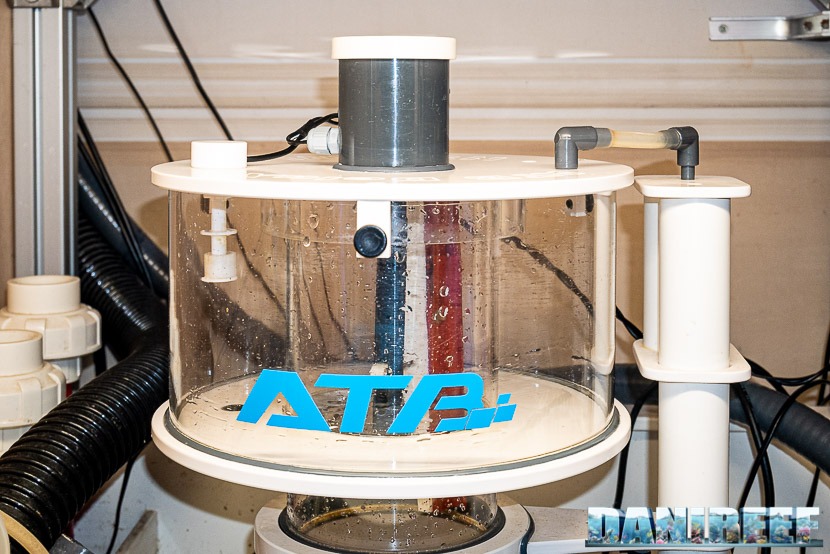
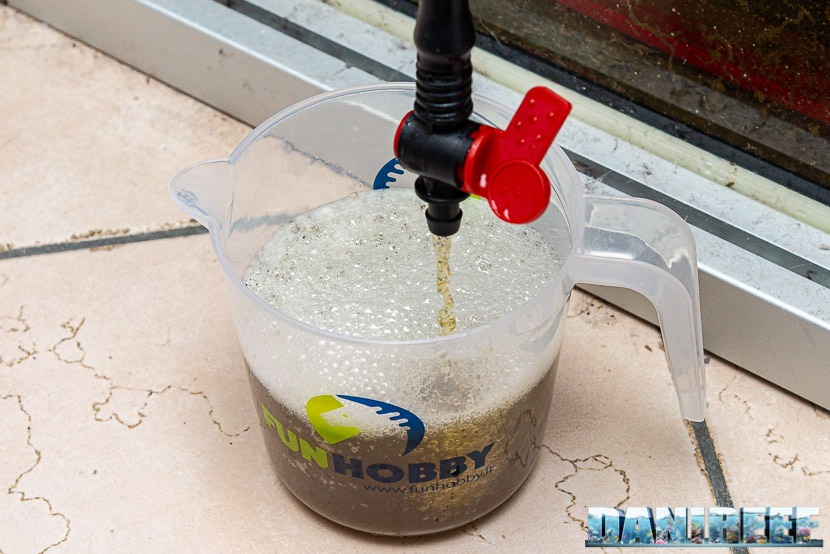
Well, now that you have chosen the right skimmer for your aquarium, all that’s left to do is to choose the return pump.
[Translated by Aisja Baglioni]










0 Comments